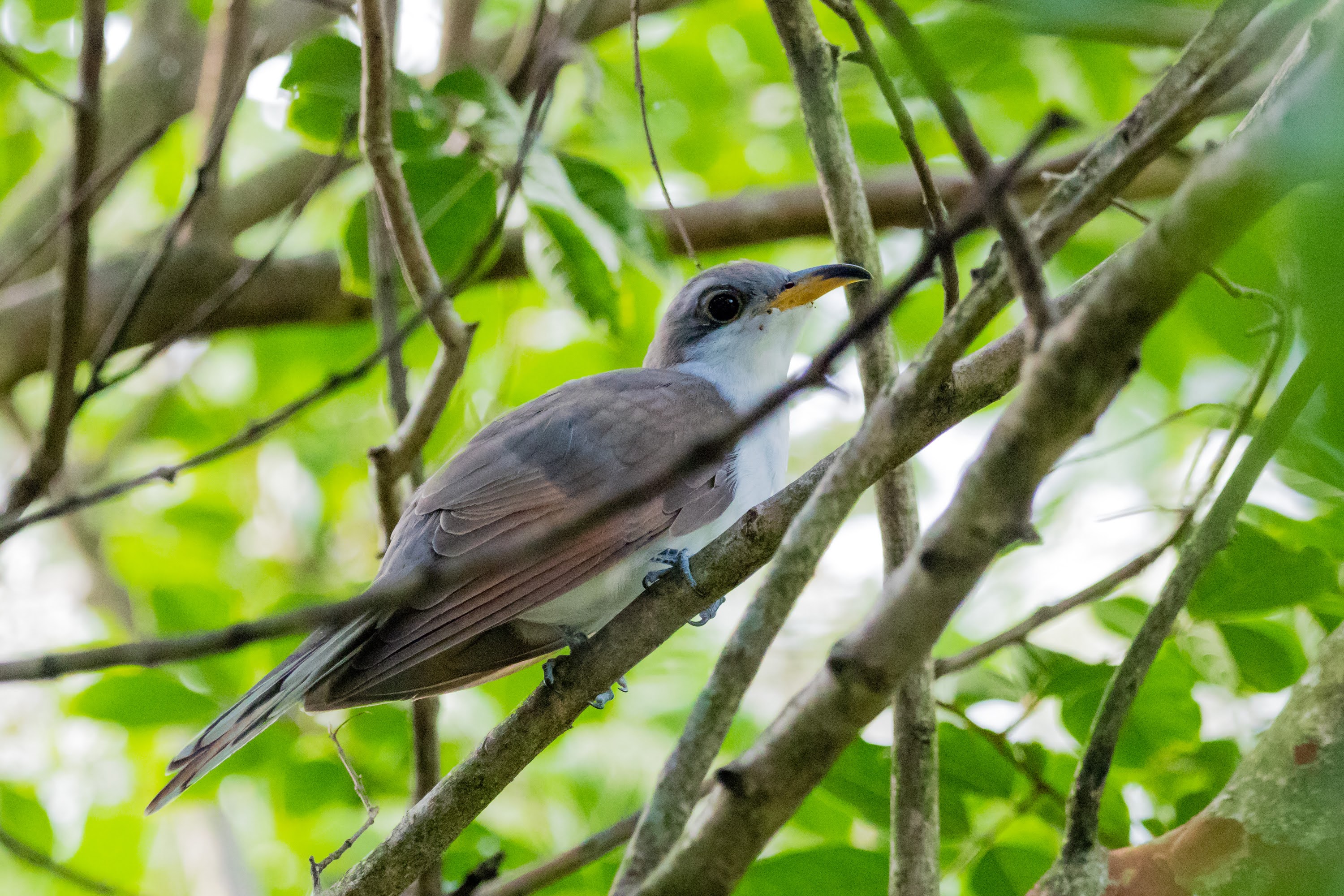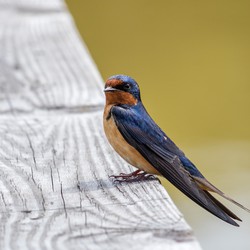
My eyesight is pretty bad, which makes reading the time on the clock next to the bed a challenge at night. Since 2016, my wife and I have used a projection clock / radio combination, but it had a number of drawbacks:
- The display uses bright blue numbers, which is hard to look at in the dark
- The display is either too dim to read in the daytime (and just right at night), or it's just right in the daytime and too bright at night
- The time from the projection feature is too small for my poor vision
- The projection feature is also too dim to see in all but the darkest rooms
- Our cats chewed up the tiny antenna on the radio, rendering it useless (not that we used it much anyways)
Frustrated with all of these features, I picked up this projection alarm clock from Amazon. It's terrific:
- This clock uses red numbers, which are way easier to read at night
- The primary display isn't too bright or dim (and you can control the brightness across 4 levels)
- The projected time is larger than my previous clock
- The brightness of the projected time is controllable; I use the brightest setting, which makes the numbers quite readable on the ceiling
- There's no radio to fool with (or antenna for cats to chew)
- It has a USB port to slow-charge your phone, which is nice but not something I plan to use
At only $25 (I got it on sale for $20), it's a nice improvement to our bedroom. The only drawback I can think of so far is that the clock is ridiculously light, making it easy to slide around on the bedside table.








